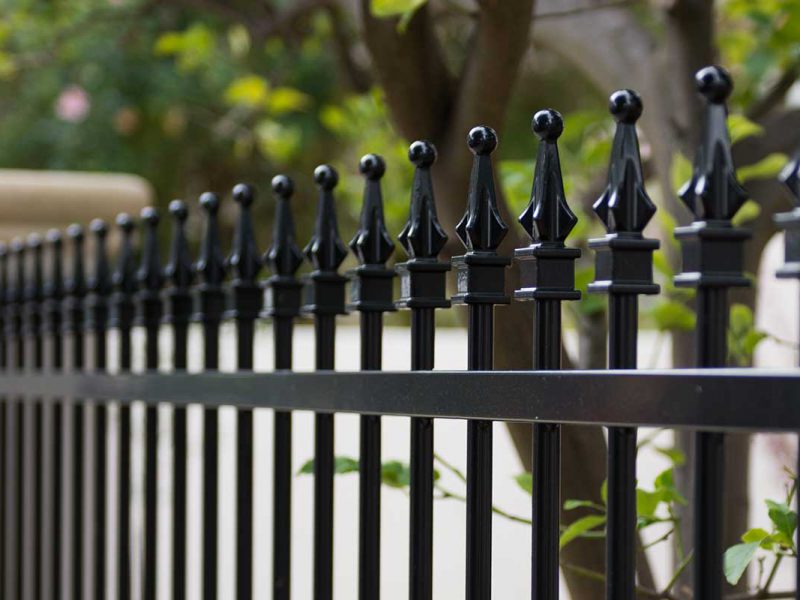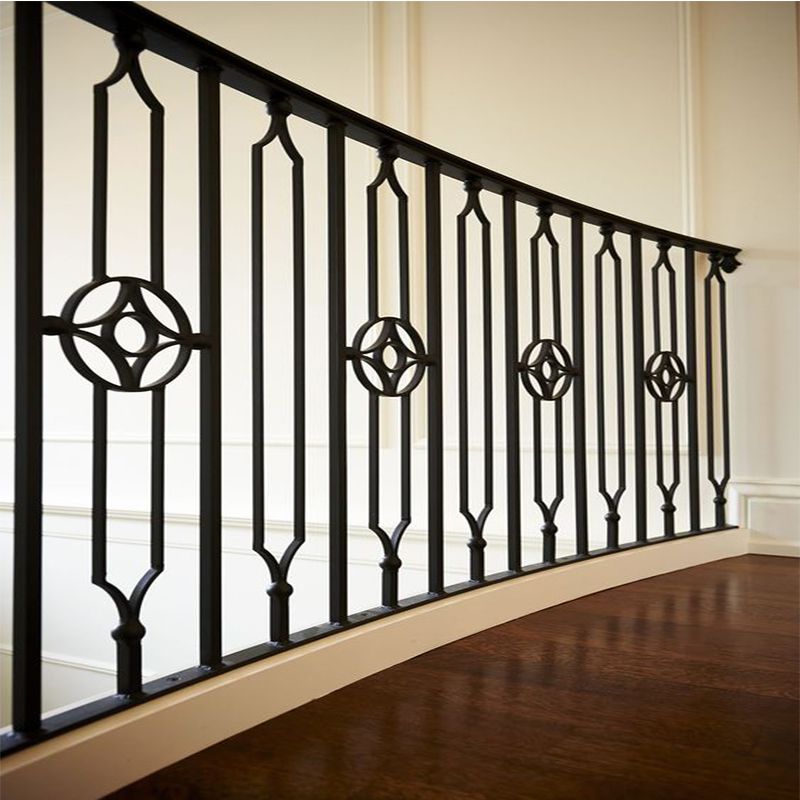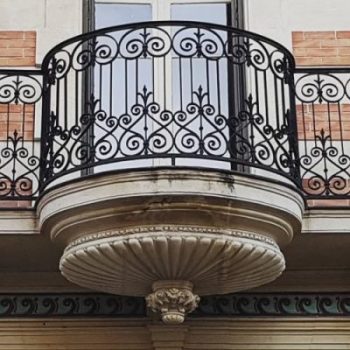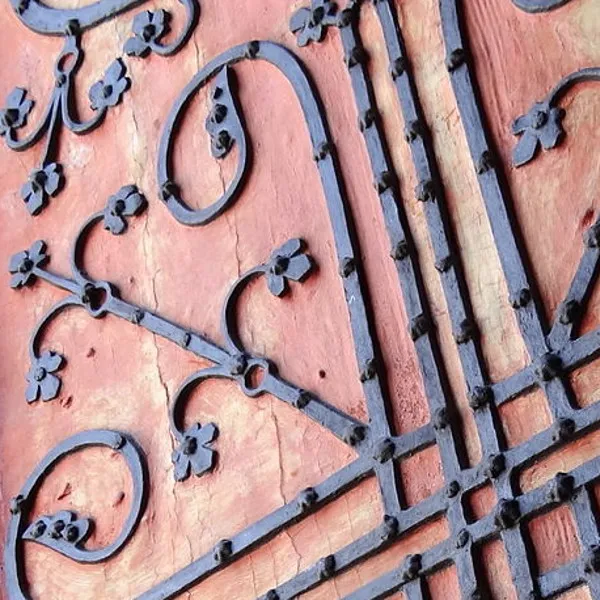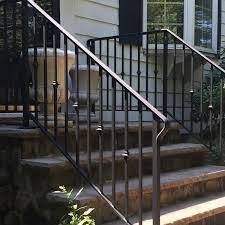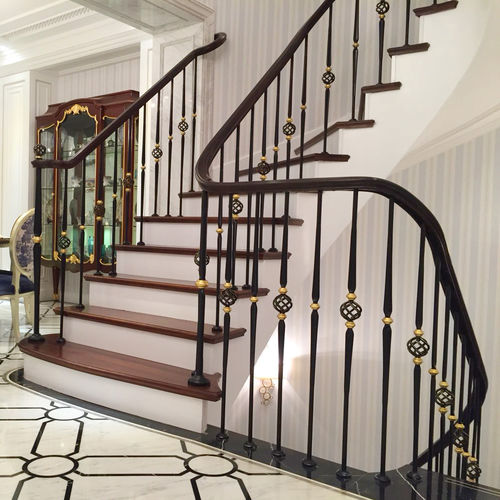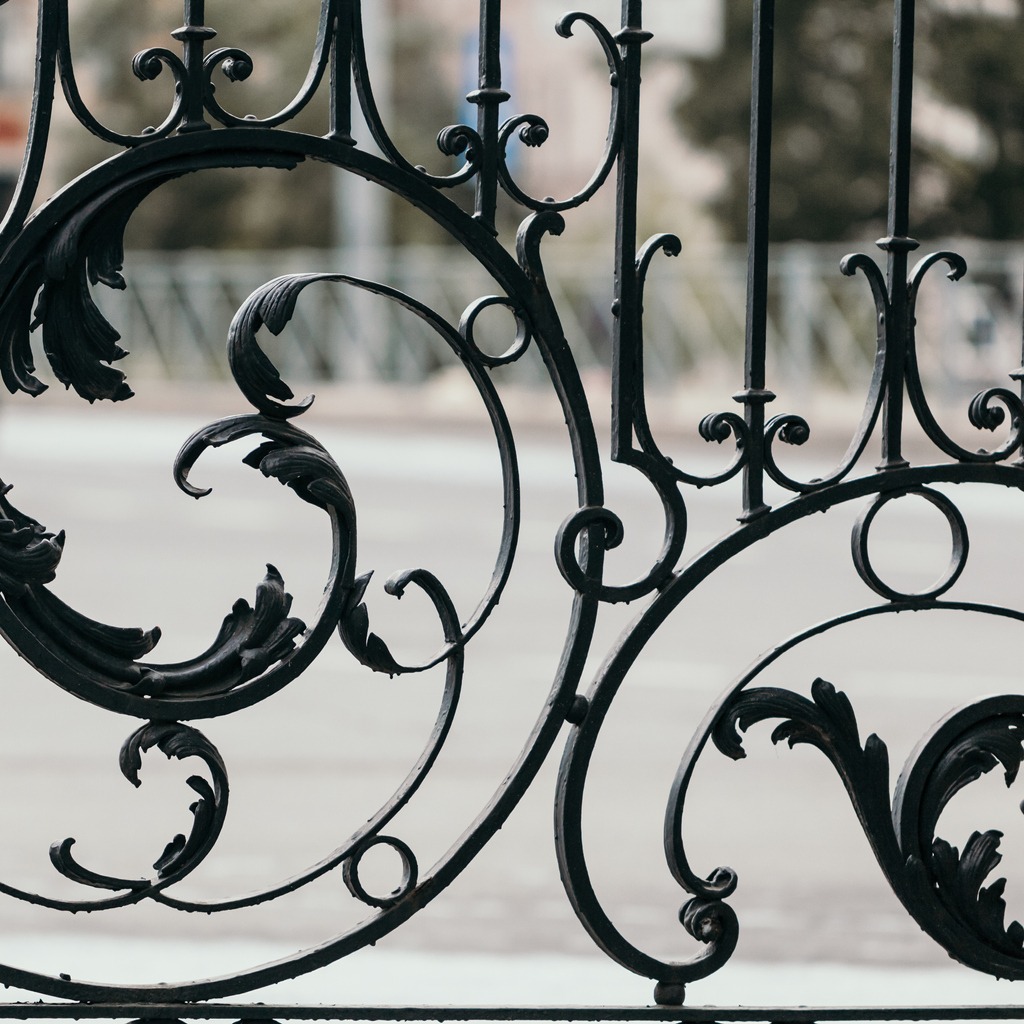Know Wrought Iron
Wrought iron is a metal defined more by its crafting process than its inherent material composition. The term "wrought" signifies any metal that is skillfully shaped through methods like hammering, twisting, or bending. This versatile material has been cherished by artists for millennia, serving as the canvas for intricate designs adorning doorways, fences, and home furnishings.
Historical Significance
Wrought iron has a rich history spanning over 5,000 years, with extensive use by artists and craftsmen for its ornamental and structural qualities.
Craftsmanship Over Material
Wrought iron is defined by its crafting process rather than its composition. It's any metal that's skillfully shaped through techniques like hammering, twisting, or bending.
Artistic Heritage:
Wrought iron has been a favorite among artists for over 5,000 years, known for its use in intricate designs on doorways, fences, and home furnishings.
